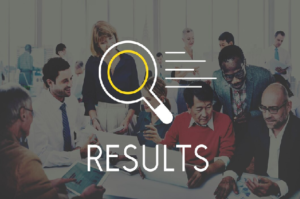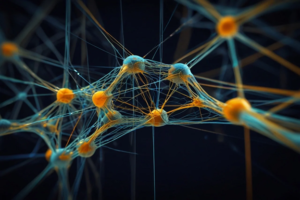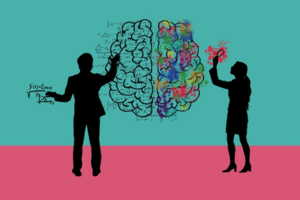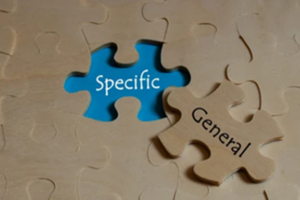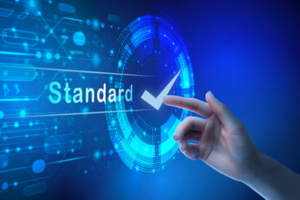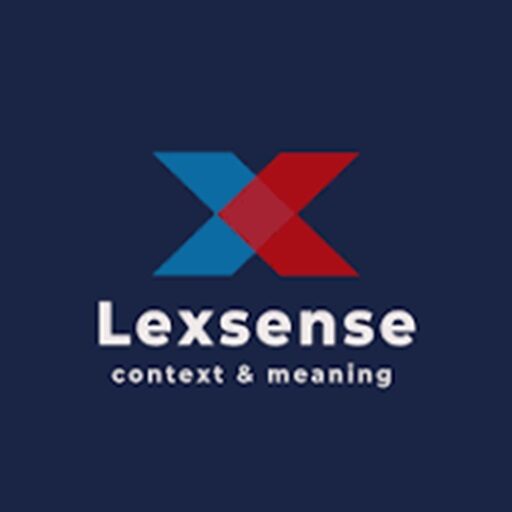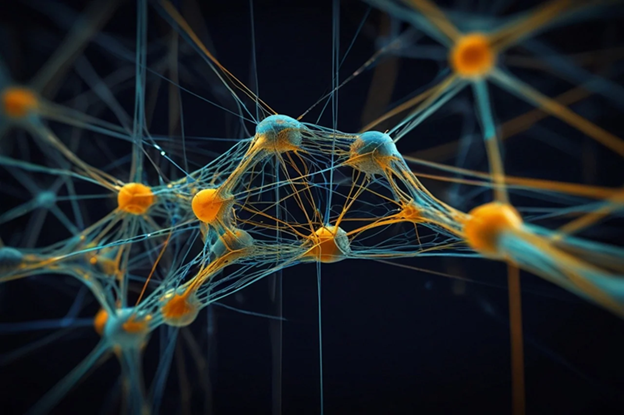Introduction
The Internet of Things (IoT) promises a future brimming with interconnected devices, generating a torrent of data from every corner of our lives. From smart homes and wearable technology to industrial sensors and connected vehicles, the sheer volume and variety of information are staggering. But data without context is just noise. This is where Linked Data enters the picture, offering a powerful framework to transform raw IoT data into meaningful, interconnected knowledge.
The Promise of the IoT: A World of Connected Devices
The IoT envisions a world where everyday objects are equipped with sensors, software, and network connectivity. Imagine a refrigerator that automatically orders groceries, a fitness tracker that monitors your health in real-time, or smart city sensors that optimize traffic flow. This interconnected ecosystem has immense potential to improve efficiency, convenience, and even our quality of life.
However, the sheer scale of the IoT creates a significant challenge: managing and making sense of the vast quantities of heterogeneous data produced by these devices. Each device typically uses its own proprietary protocols and data formats, leading to data silos that are difficult to integrate and analyze. This is where the power of Linked Data comes into play.
Unlocking the Potential of IoT Data with Linked Data
Linked Data is a set of principles and technologies for publishing and interlinking structured data on the web. It utilizes Resource Description Framework (RDF) to represent data as a network of interconnected resources, identified by unique URIs (Uniform Resource Identifiers). This allows data from disparate sources to be understood and analyzed together.
Here’s how Linked Data benefits the IoT:
- Data Interoperability: By using standard formats like RDF, Linked Data breaks down data silos. Different IoT devices and platforms can now communicate and share data seamlessly, facilitating data integration and analysis across diverse systems.
- Semantic Understanding: Linked Data adds meaning to raw data through ontologies and vocabularies. For instance, a temperature reading can be linked to location data, time data, and even the type of sensor it was collected from, providing a rich context for interpretation.
- Knowledge Discovery: By representing data as a graph of interconnected relationships, Linked Data enables advanced querying and data exploration. This allows us to uncover hidden patterns, identify correlations, and gain deeper insights from complex IoT datasets.
- Enhanced Data Sharing: Linked Data promotes the publication and sharing of IoT data in an open and standardized manner. This fosters collaboration and innovation, accelerating the development of new applications and services.
Real-World Applications and Examples
The combination of Linked Data and IoT is already yielding exciting results across various sectors:
- Smart Cities: Sensors embedded in infrastructure (roads, buildings, public transport) can generate massive amounts of data. Linked Data can be used to integrate this data, creating a holistic view of city operations. This enables intelligent traffic management, optimized energy consumption, and proactive public safety initiatives.
- Healthcare: Wearable devices and medical sensors produce personal health data. Linked Data allows secure and interoperable sharing of this data among healthcare providers, empowering personalized treatment plans and real-time patient monitoring.
- Agriculture: Sensors in fields monitor soil conditions, temperature, and humidity. Linking this data with other agricultural datasets (crop types, weather forecasts) enables precision farming techniques, leading to increased yields and reduced resource consumption.
- Industrial IoT (IIoT): Machinery sensors provide valuable insights into performance and maintenance needs. Linked Data can be used to track machine health, predict failures, and optimize production processes.
The Future of Linked Data and IoT
The convergence of Linked Data and the IoT holds immense promise for the future. As the number of connected devices continues to grow, the need for interoperable and meaningful data will only increase. Linked Data provides the crucial foundation for building a truly interconnected and intelligent world.
However, challenges remain. Addressing issues related to scalability, security, and privacy will be paramount. Additionally, simplifying the adoption and implementation of Linked Data technologies is essential to ensure widespread adoption across the IoT landscape.
Conclusion
The Internet of Things is revolutionizing our world, but its true potential can only be unlocked through effective data management and analysis. Linked Data offers a powerful and elegant solution for connecting and understanding the vast quantities of heterogeneous data generated by IoT devices. By embracing this technology, we can move towards a future where the physical and digital worlds are seamlessly integrated, unlocking unprecedented opportunities for innovation and progress.








